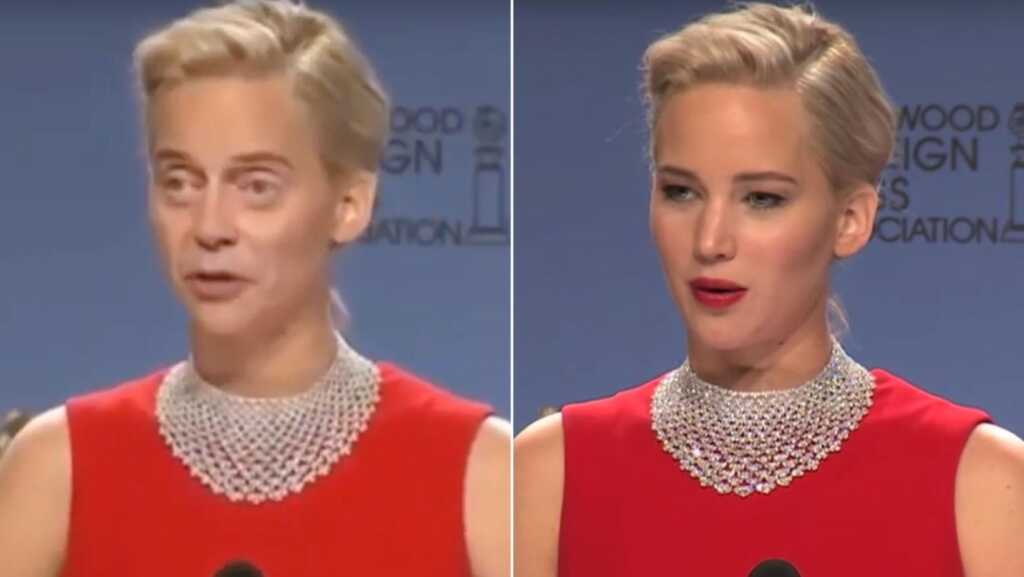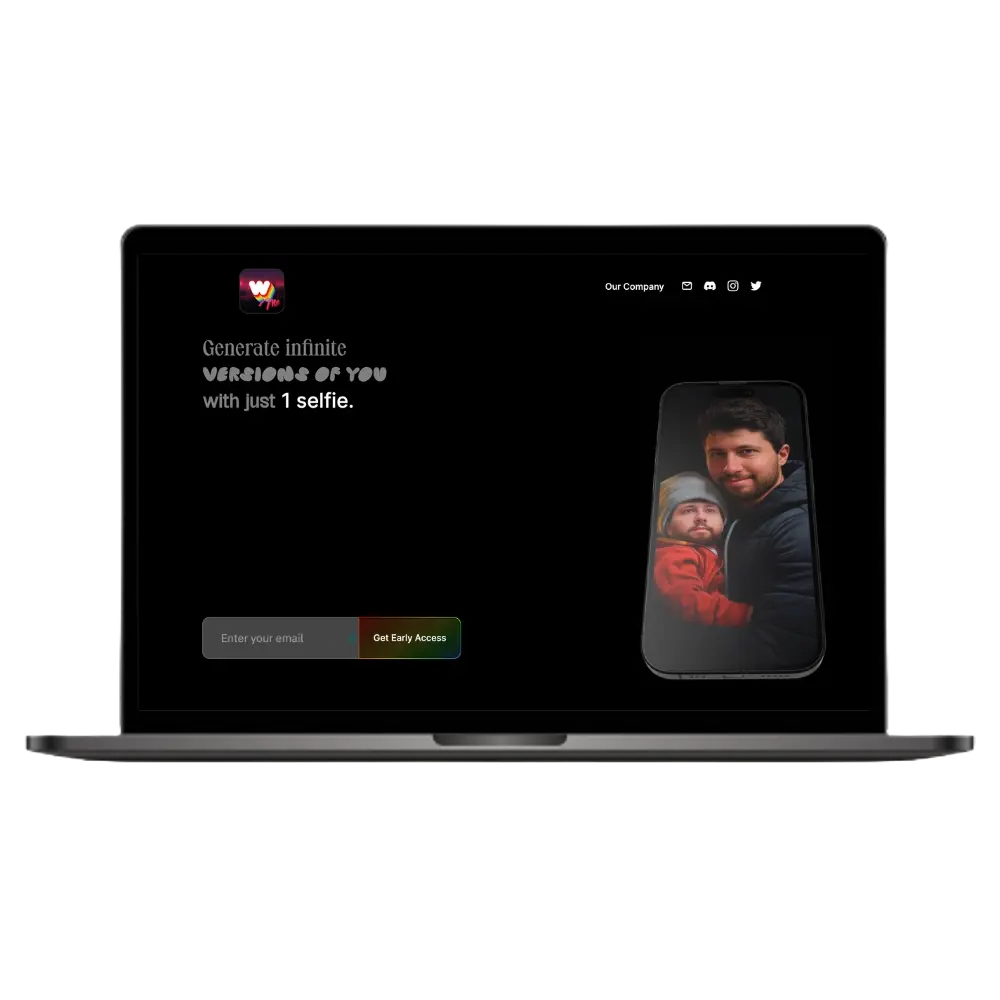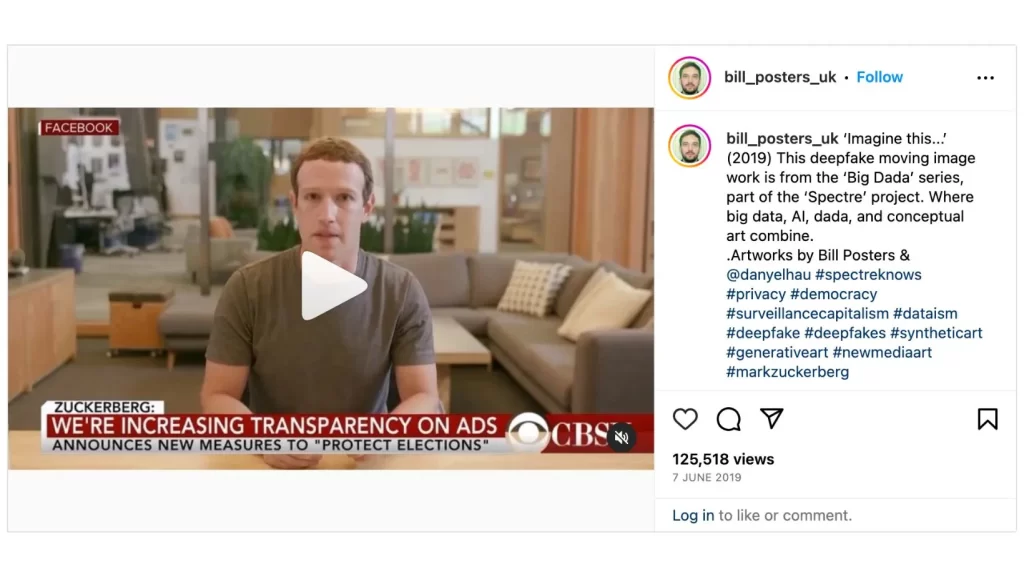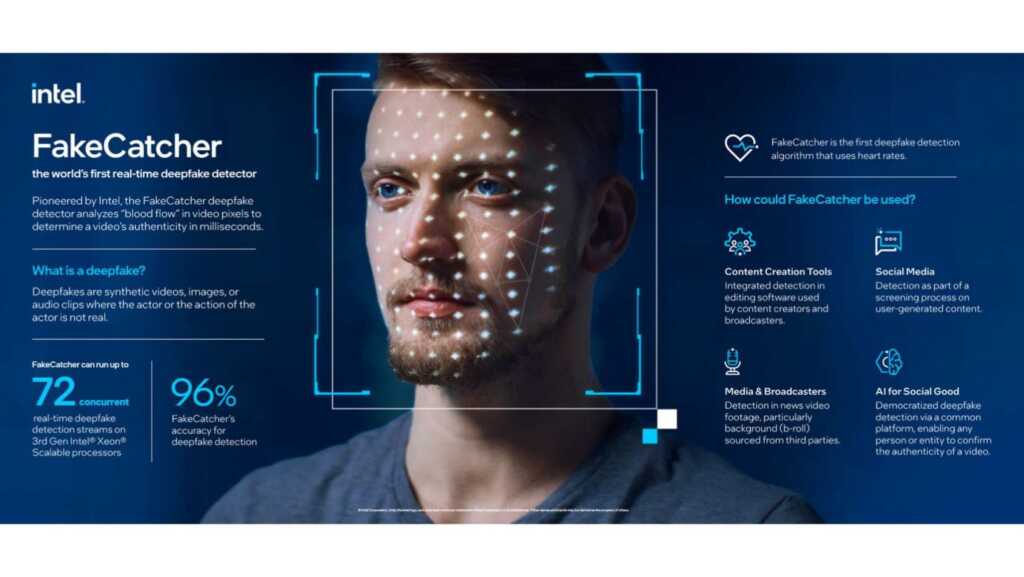Exposing Deepfake AI: Startling Facts You Must Know
Have you ever heard of Deepfake AI? It’s like the sorcery of the digital world. 🧙♂️
Deepfake uses smart technologies to create super-realistic but completely fake things like videos, images, and voices.
It’s about computers using fancy tricks to make you believe things that never happened.
But wait, this isn’t just a science fiction game – it has serious implications for our digital world. 🌐
In this blog, we dive into the world of Deepfakes and explain what it is and how to detect it.
So, let’s get started.
Key Points at Glance
What Is Deepfake AI?
Deepfake AI is, simply put, like a computer wizard that can make fake videos and pictures that look real, even though they’re not.
Imagine you have a photo of yourself and want to put another person’s face on it. Deepfake AI can do that. 🤳

Or it can create a video where someone appears to say or do things they haven’t done.
That might sound cool, but it’s also scary because it can spread lies and fake things that seem entirely accurate.
In 2022, for example, a Deepfake video made it seem like the President of Ukraine was telling his soldiers to give up. But it wasn’t him! 🇺🇦
So deepfake AI is a technology you can use to create very convincing fakes.
Deepfake Nude AI
Deepfake Nude AI can make fake naked pics of people who never posed for them.
Imagine someone slapping your face on another body, making it seem like you took naughty pics when you didn’t. 😱
But here’s the kicker: it’s a huge invasion of privacy since they’re using your face without your permission.
And the legal stuff? Well, that’s a real gray area.
Creating and sharing these bogus nude pics in many places can get you in hot water with the law. 🚓
So, the deal is that Deepfake Nude AI is a highly concerning tech.
It can ruin lives with fake explicit pics and cause all sorts of trouble, personally and legally.
How Do Deepfakes Work?
Think of deepfakes like illusions created by super-smart computer programs.🪄

These tricks use sophisticated computer algorithms to create fake videos and images that look incredibly real.
And how does it all work? 🤔
Think of it as a game on your computer with two main players: the generator and the discriminator.
The generator is like a digital artist. It uses computer programs to mix and match faces to create videos that look real.
Now comes the discriminator, whose job is to determine whether a video is real or fake.
But here’s the sneaky part: the generator and the discriminator constantly try to outsmart each other. 🕵️♂️
Whenever the detective says, “Yep, this is fake,” the creator learns from it and tries to do even better next time.
It’s like a never-ending game of “Catch me if you can.”
To create these deepfakes, they use a special kind of computer intelligence called a “Generative Adversarial Network“ (GAN for short).
Imagine being a smart student who studies real images and then uses that knowledge to create fakes. 🧑🎓
When it’s time to make fake photos, this AI carefully examines different angles of a person’s face to make sure the fake image looks just right.
For the videos, the AI pays attention to how a person moves, speaks, and behaves, so the fake content is convincing.
There are two main methods to create deepfake videos. 🎬
One way is to take a real video of someone and use AI to make them say and do things they never actually did.
Another way is to swap their face with someone else’s in a different video.
This can sometimes be dangerous if done with malicious intent.
Therefore, we must be careful and not believe everything we see on the internet. 👀
Pros and Cons of Deepfake AI
Pros
Cons
Best Tools for Deepfake AI
Deepfake apps can be fun and are also powerful tools for video creators.
Here are some popular deepfake AI tools you can try. 🤖
1. Lensa AI

Quickly improve the quality of your portraits by adding backgrounds, changing formats, and accessing a diverse collection of 200 unique avatars in 10 different styles.
Lensa AI is a popular app that is making waves right now. 🌊
It’s all about creating cool AI portraits of yourself, but don’t worry, it won’t blend your face with other people’s.
This app can turn your selfies into different styles, like superheroes or anime characters.
And the price? It starts at just $2.49 and goes up to $139.49, depending on what you want. 💰
So, if you want to turn your selfies into excellent artistic portraits, you should try Lensa AI!
2. My Heritage

Turn your old pictures into new memories and make family photos even better.
The My Heritage app is super famous for its deepfake tricks.
People love this tool as it can bring old photos to life.
Here’s how it works: you upload an old photo and then press the animation button. ✨
Your photo comes to life in just a few seconds, and your eyes, mouth, and face move like in a video.
The downside is that it isn’t free.
You can try it out at no cost for 14 days, but after that, you need to pay $149 every year to keep using it.
So, if you want to bring your old photos back to life, this app is for you!
3. Wombo

This app syncs photos to the song you choose, like magic! Even if you make a sudden noise, there’s no need to fret – you can easily pause the lip sync, hassle-free.
Another cool deepfake AI tool that is riding the Instagram wave is Wombo.📱
So here’s the deal: Wombo has many songs you can lip-sync to, but the real fun starts when you take a photo of someone and choose a song from Wombo’s list.
You can try Wombo for free for 3 days. After that, it costs $9.99 every month.
ALSO READ: Best Deepfake Generators in 2024
Notable Examples of Deepfakes
These examples show how deepfakes can spread false information, influence public opinion, and manipulate events. 🤥
1. Zuckerberg Speaks Frankly
When Facebook refused to delete a fake video of Nancy Pelosi, an artist named Bill Posters shared a deepfake on Instagram.
This video made it look like Mark Zuckerberg, the founder of Facebook, was bragging about how much control the platform has over its users. 📢

The video was originally part of an art project called Spectre, which aimed to show how social media can manipulate people.
A special technology called VDR (Video Dialogue Replacement) was used by an Israeli startup called Canny AI.
This technology was even used to create a Deepfake singalong with world leaders. 🎶
Surprisingly, Instagram didn’t remove the Zuckerberg video but announced it would treat it like other false information.
If fact-checkers deemed the video fake, they’d filter it out. The video’s creators have tagged it #deepfake. 🧐
If you watch the video without sound, it seems convincing, but the voice gives it away.
2. Obama’s Public Service Announcement
Deepfake videos often trick people by imitating a person’s voice and actions.
For example, BuzzFeed and comedian Jordan Peele made a video that replaced Obama’s mouth with Peele’s to make it look like Peele was speaking.
This kind of technology is often used with famous people like politicians and celebrities because there is a lot of information about them. 🌟
But here’s the thing: computer scientists at the University of Washington once used AI to synchronize Obama’s mouth movements with what he was saying, using neural networks.
The way technology advances, ordinary people who take a lot of selfies could soon become targets of these fake videos. 📸
3. This is not Morgan Freeman
One of the eerily convincing Deepfake videos featured Morgan Freeman.
Dutch YouTube channel Diep Nep shared the video. 🇳🇱
Bob de Jong is responsible for the concept, and Boet Schouwink for the impressive voice.
One year later, this video still amazes and scares people.
Recently, it surfaced on Twitter, and some users wonder if you can use this technology in the 2024 election. 🗳️
They’re also concerned about the broader implications of this technology, which can manipulate identities and create completely false digital personalities.
This is a bit worrying, to say the least. 😬
Effective Methods for Detecting Deepfakes
By following these simple techniques, you can better detect deepfakes and protect yourself from fraudulent content.
- Facial Imperfections: Look for facial abnormalities like strange blinking or unnatural skin tones. Deepfakes can distort these details.
- Voice Test: Listen carefully to the voice. It could be fake if it sounds robotic or doesn’t match the person.
- Incongruous Lighting: Look for lighting that doesn’t match the environment. Deepfakes sometimes have difficulty with this.
- Blink Pattern: Natural blinking is irregular. With deepfakes, the blinking can be too perfect.
- Check for Distortions: Deepfakes sometimes have strange distortions around the edges of faces or objects. Look for these unusual distortions.
- Source Checking: Always check the source of the content. If it comes from an untrustworthy or unknown source, be careful.
- Compare With the Real Thing: If you can access real footage or audio of the person, compare it to the suspicious content. The differences will be noticeable.
- Software Tools: Some apps and tools can be used to detect deepfakes. Use them if you’re unsure.
How to Defend Against Deepfakes
Many groups, such as organizations, companies, and even government agencies, are working hard to stop deepfakes.
These are insidiously faked videos and images made by computers. 💻
For example, the US Department of Defence has a group called DARPA working on the case.
Some social networks like Facebook and Twitter use what is called blockchain to check where the videos and images come from.
This allows them to determine if they’re real or fake and prevent the spread of fakes. 🚫
Big companies like Adobe, Microsoft, Intel, and Sensity offer softwares to prevent deepfakes:

- Adobe allows creators to mark their videos and images with a special marker to show they’re real.
- Microsoft has a smart tool that checks videos and pictures and tells you if they have been tampered with.
- Intel has developed a super-fast tool that detects deepfake videos almost in real time.
- Sensity uses clever tricks like antivirus tools to find deepfakes and tells you when they’ve found one.
You can use these solutions to combat deepfakes and protect yourself from manipulated media on the internet. 🛡️
Are Deepfakes Legal?
Deepfakes are mostly legal, and law enforcement can’t do much about them, although they’re a real problem. 😓
They only become illegal when used for wrong things like child abuse, lying about people, or spreading hate.
Currently, only three US states have regulations on deepfakes.
In Texas, you can’t use them to rig elections. In Virginia, sharing fake porn is punishable by law. ⚖️
California also has rules. They say you can’t use deepfakes to interfere in politics just before an election.
Plus, they also ban secret porn made without a person’s consent. 🚫
Not many laws cover deepfakes because not everyone knows about this technology and how it can be abused.
So, most deepfake victims have no legal protection. 😟
We need better rules to protect people from this sensitive technology.
History of Deepfake AI Technology
Deepfake AI is a fancy technology that came about by playing around with photos, much like using Photoshop.
In the mid-2010s, computers got better, data got bigger, and AI got smarter.
In 2014, a smart researcher named Ian Goodfellow made GAN (Generative Adversarial Network) the core of Deepfakes. 🧠
Then, in 2017, an anonymous internet person named “Deepfakes” made these face-swapping videos public on Reddit.

Big tech giants like Facebook, Google, and Microsoft stepped in to track down and stop deepfakes, but they’re getting better.
These fakes look incredibly real. 😲
This keeps tech companies and governments on their toes, trying to outsmart deepfake technology and find better ways to detect the sneaky fakes.

I’m a tech enthusiast with a degree in computer science and a passion for AI. I’ve progressed from Content Writer to Content Head at Techlairs. I hang out with my dogs when not scouring the latest tech trends. Let’s learn about AI together, and maybe I can share some of my favorite dog-friendly places to eat with you!






